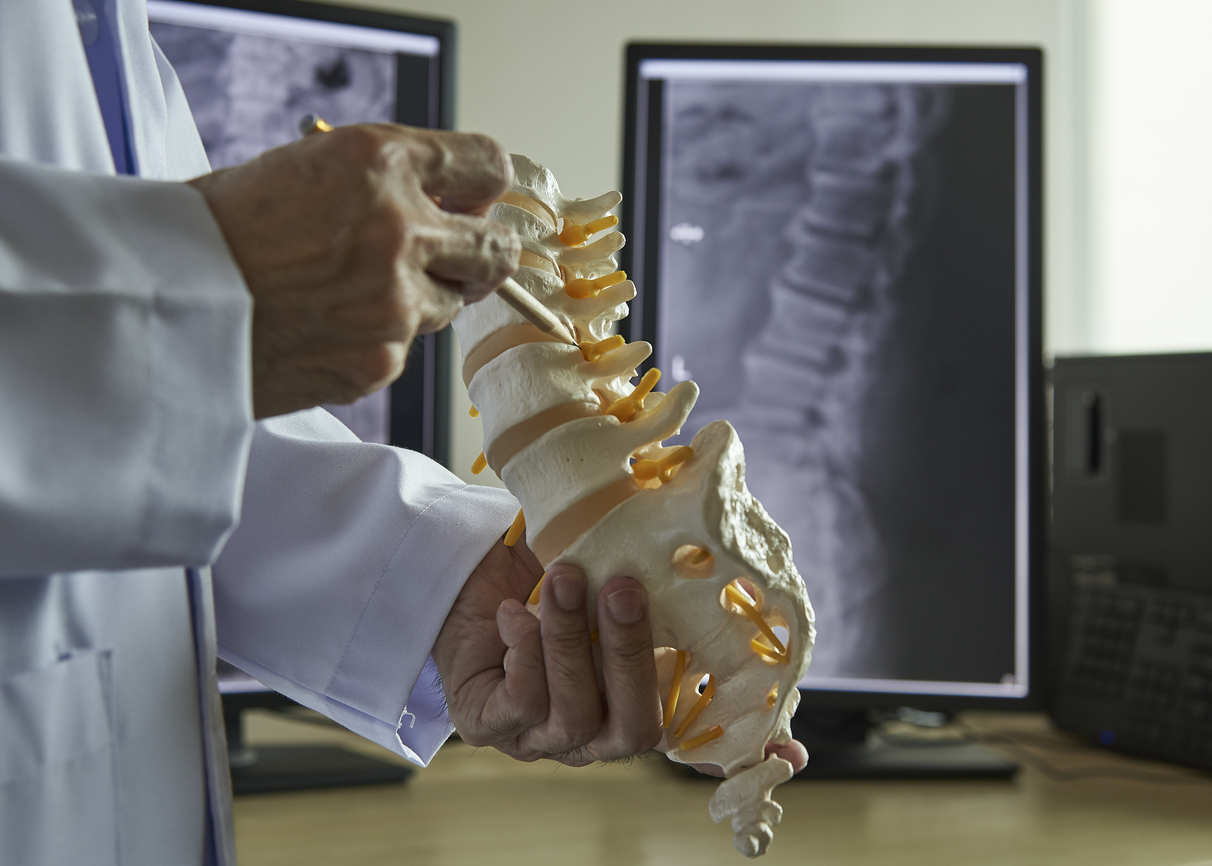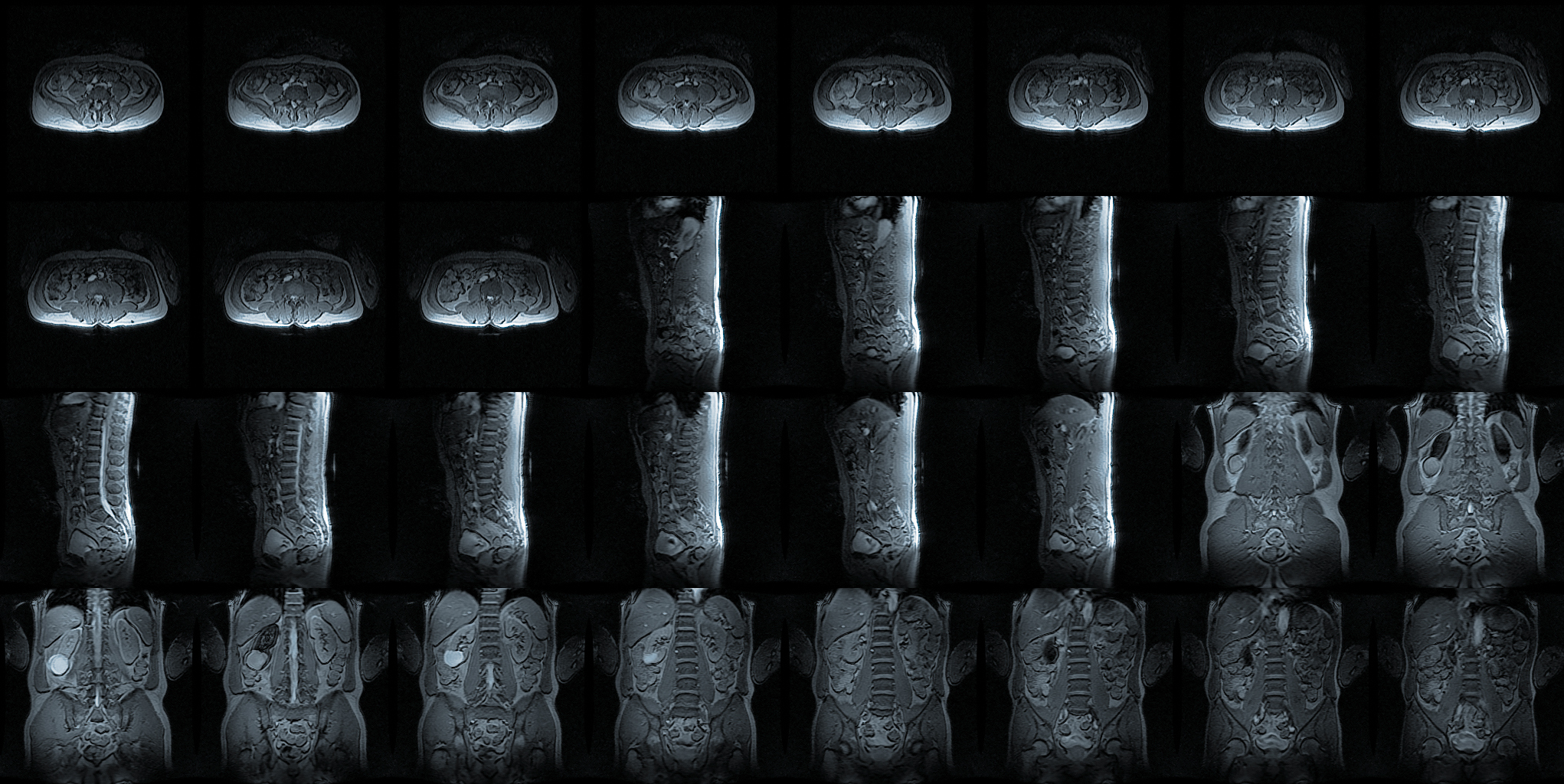Pain
Conventional Medical Treatments for Cauda Equina Syndrome

What is cauda equina syndrome?
The cauda equina is a group of approximately 10 nerves and nerve roots located at the bottom of the spinal cord. They communicate with the brain to provide motor and sensory stimulation to the legs, pelvis, bladder, anus and bowels. Cauda equina syndrome (CES) is a rare but serious disorder that occurs when this nerve bundle becomes compressed or inflamed. CES typically results in a medical emergency that requires urgent surgical intervention to prevent the possibility of long-term paralysis, damage to organs in the pelvic region, neurological issues, difficulty walking, and other physical problems.
Conventional medical treatment for cauda equina syndrome
Prompt medical attention is needed to relieve nerve pain. Decompression surgery is required within 24 to 48 hours of onset of symptoms to reduce or eliminate pressure on the impacted nerves. Medications and therapy may also be prescribed following the surgical procedure.
Surgery
If cauda equina syndrome is diagnosed, immediate lumbar decompression surgery should be performed to prevent irreversible nerve damage. If left untreated, paralysis and permanent incontinence is likely. The type of surgery is dependent upon the cause of CES, and may include the following:
- A laminectomy involves the surgeon removing the lamina (roof or back part) of one or more vertebrae to create more space for the nerves.
- A discectomy involves removal of damaged vertebral discs.
- A spinal fusion includes fusing vertebrae.
Medications
Following surgery, certain medications may be prescribed or recommended. They include the following:
- Corticosteroids are often prescribed to reduce inflammation around the spine.
- Pain medications, such as oxycodone, are regularly prescribed immediately following surgery to relieve pain. Over-the-counter pain relievers, such as ibuprofen or acetaminophen, may also be recommended by a health care professional to ease discomfort.
- Bowel and bladder control medications, such as hyoscyamine, oxybutynin or tolterodine, may be prescribed. These medicines are typically prescribed to treat symptoms of an overactive bladder.
- Antibiotics may be needed if an infection is present.
- Glycerin suppositories may be needed for bowel emptying.
Therapy
Occupational or physical therapy may be necessary following surgery. A physical therapist can help with regaining strength, especially if walking has been impacted. An occupational therapist can help with everyday activities, such as getting dressed, bathing, or preparing a meal. Psychological counseling may also be beneficial while learning to adapt to cauda equina syndrome and finding coping strategies to deal with the emotional distress that may emerge. Continence physiotherapists can provide assistance with bladder control, as it is often slow to recover. A sex therapist may be needed if sexual dysfunction occurs.
Although CES is rare, it is a very serious condition. Full recovery following surgery is possible; however, it can take from a few months up to several years. If CES is suspected, seek immediate medical attention. The chance of a full recovery is greater if surgery is performed when symptoms first appear.














